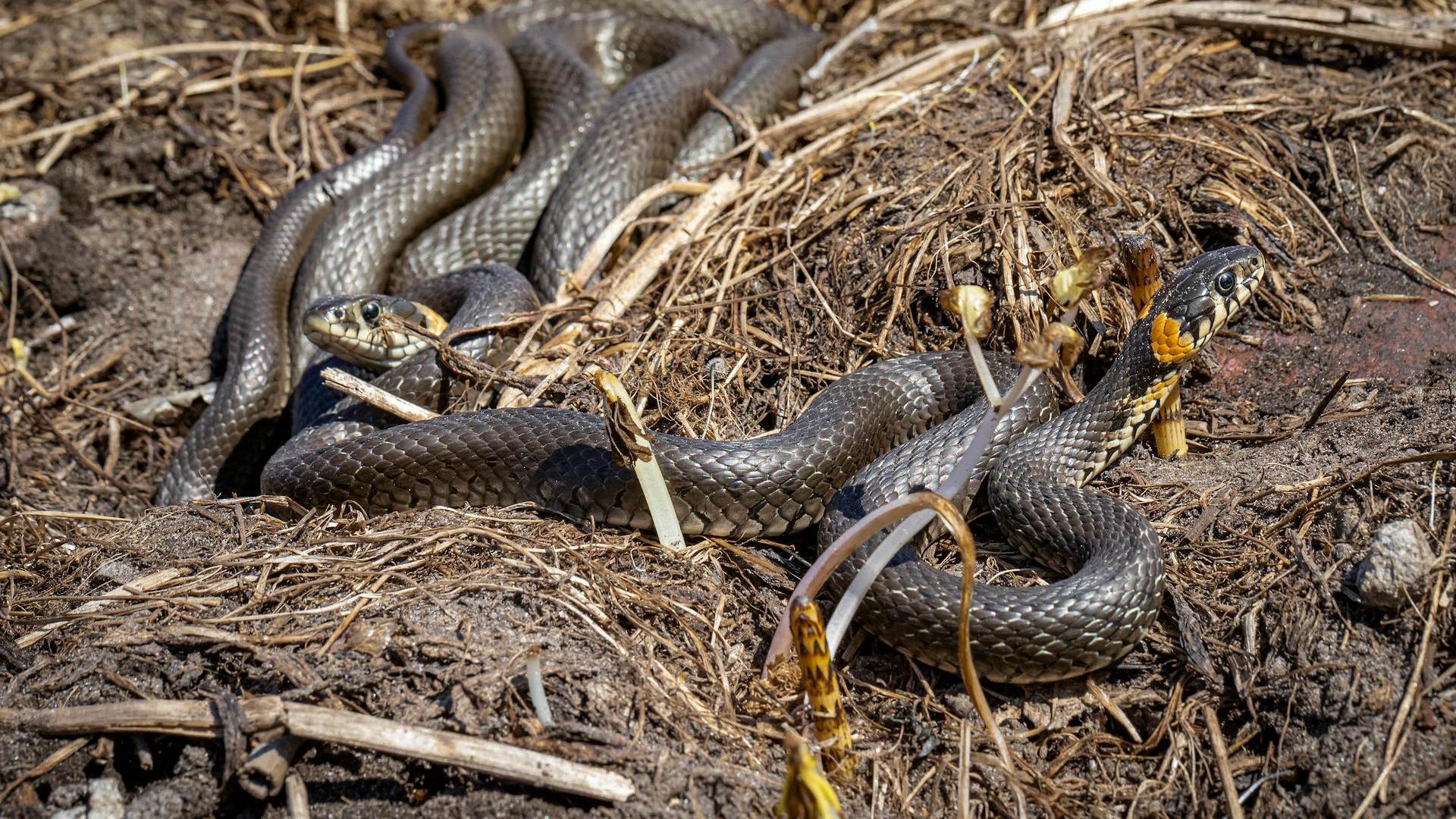Venomous snakes have fascinated and terrified humans for millennia, inspiring both reverence and fear across cultures worldwide. While many people understand that these reptiles can be dangerous, few truly comprehend the remarkable speed at which they can strike. The lightning-fast attack of a venomous snake isn’t just impressive—it’s an evolutionary marvel that helps these animals survive and thrive. From cobras to rattlesnakes, vipers to mambas, these creatures possess strike capabilities that seem almost supernatural in their velocity. This article explores the astonishing speed of venomous snake strikes, the science behind their rapid movements, and what this means for both snake safety and our understanding of these magnificent predators.
The Physics of Snake Strikes

When a venomous snake strikes, it essentially transforms its body into a biological spring-loaded mechanism. At rest, the snake’s muscles store potential energy by contracting in preparation for the strike. Upon deciding to attack, these specialized muscles release this energy almost instantaneously, converting it into kinetic energy that propels the head forward at remarkable speeds. The structure of a snake’s spine, with its hundreds of vertebrae working in concert, creates a mechanical advantage that further enhances striking speed. This biological design has been perfected over millions of years of evolution, resulting in one of nature’s most efficient predatory mechanisms. Interestingly, the strike itself doesn’t rely on the snake’s normal locomotion muscles but instead uses specialized sets of muscles dedicated specifically to striking movements.
Record-Breaking Strike Speeds

The fastest documented snake strikes belong to vipers, with the cottonmouth (Agkistrodon piscivorus) and rattlesnakes (Crotalus spp.) demonstrating particularly impressive capabilities. High-speed camera studies have recorded strikes reaching speeds between 175-200 miles per hour (280-320 km/h), with the strike itself completed in as little as 50-90 milliseconds. To put this in perspective, the average human blink takes about 300-400 milliseconds—meaning a snake can strike and retract before you’ve completed a single blink. The reticulated python, though not venomous, has been recorded striking at speeds approaching 13 feet per second. Among venomous species, the black mamba might be the overall speed champion, with strike speeds so fast that researchers struggle to capture them accurately even with sophisticated high-speed cameras.
Comparative Strike Speeds Among Venomous Species

Not all venomous snakes strike at the same velocity, with significant variations existing between different families and species. Vipers, including rattlesnakes, generally possess the fastest strikes, often reaching up to 175 mph in ideal conditions. Elapids, such as cobras and mambas, typically strike somewhat slower but still achieve remarkable speeds of 100+ mph. The king cobra, despite its intimidating size, doesn’t strike as quickly as smaller vipers, though its precision and reach more than compensate for this relative “slowness.” Australian eastern brown snakes, among the world’s most venomous, strike at speeds around 110 mph, combining this velocity with extraordinarily toxic venom. Research has shown that strike speed often correlates inversely with body size—smaller venomous snakes frequently strike faster than their larger counterparts.
The Role of Distance in Strike Speed
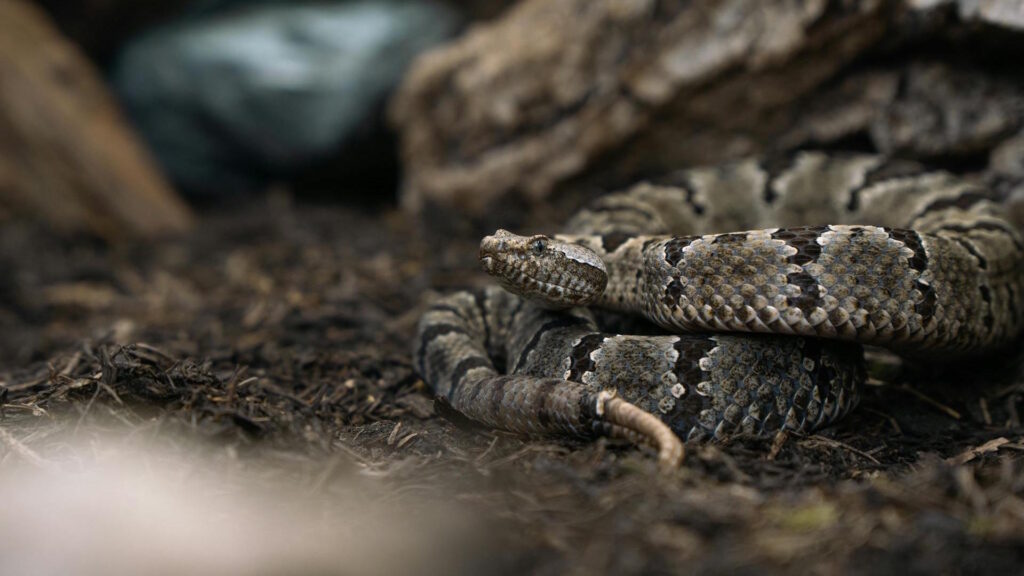
A snake’s striking distance plays a crucial role in the velocity and effectiveness of its attack. Most venomous snakes can strike effectively at a distance of approximately one-third to one-half of their total body length, though some species can exceed this range. A five-foot rattlesnake, for example, might reliably strike targets up to 30 inches away. The speed of the strike often increases with shorter distances, as the snake can direct more energy into acceleration rather than maintaining velocity over distance. Research has shown that strikes become progressively less accurate beyond optimal range, leading most snakes to position themselves carefully before attacking. Some species, particularly ambush predators like vipers, will actually calculate ideal striking distance and position themselves accordingly before launching an attack.
Temperature Effects on Strike Velocity
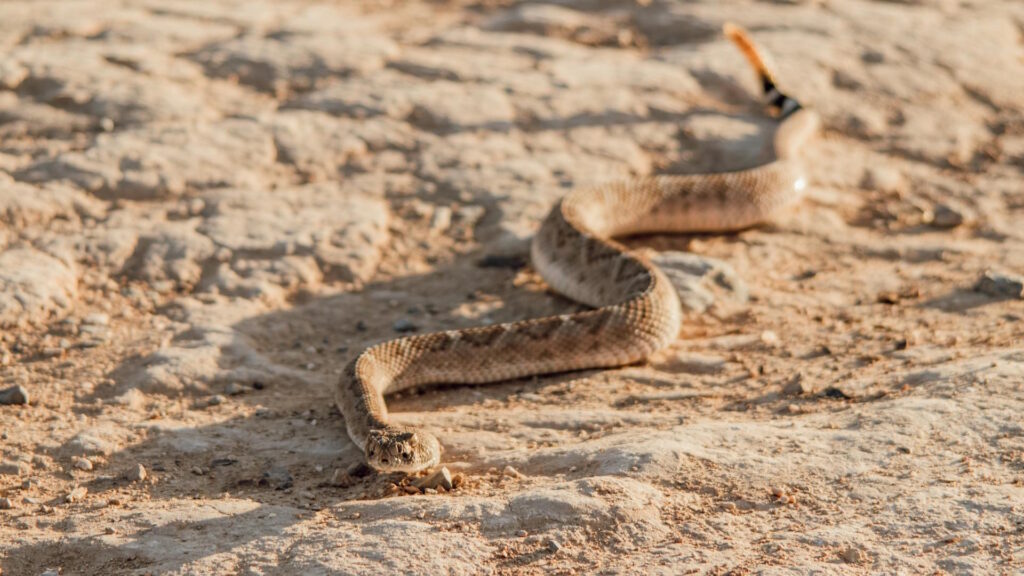
As ectothermic (cold-blooded) creatures, snakes’ body temperatures significantly affect their strike speed and overall performance. Studies have demonstrated that strikes can be up to 50% faster when a snake is at its optimal temperature range compared to when it’s cooler. A rattlesnake basking in warm desert sun might strike twice as fast as the same snake on a cool morning. This temperature dependency explains why snakes in tropical regions often demonstrate faster average strike speeds than their temperate counterparts. However, some species have evolved adaptations to maintain striking effectiveness even at lower temperatures—an essential adaptation for survival in variable climates. Research published in the Journal of Experimental Biology found that some rattlesnake species maintain 80% of their maximum strike speed even when their body temperature drops by 10°C (18°F).
The Science Behind Strike Acceleration

The incredible acceleration achieved during a snake strike represents one of the animal kingdom’s most impressive biomechanical feats. High-speed videography has measured accelerations exceeding 100 G’s in some viper strikes—more than four times the acceleration experienced by fighter jet pilots during extreme maneuvers. This remarkable acceleration comes from specialized “fast-twitch” muscle fibers that can contract extremely rapidly when triggered. The snake’s lightweight skull and highly flexible spine further enhance this acceleration by minimizing the mass that needs to be moved. Researchers at the University of Louisiana found that some rattlesnake species can accelerate their heads from standstill to maximum speed in less than 70 milliseconds, demonstrating acceleration rates that exceed those of top sports cars. These acceleration capabilities remain unmatched by any human-engineered striking mechanism of similar size and weight.
Human Reaction Time vs. Snake Strike Speed

The average human reaction time to visual stimuli is approximately 200-250 milliseconds under ideal conditions—significantly slower than most venomous snake strikes. This fundamental biological reality means that attempting to dodge or evade a striking snake at close range is virtually impossible for humans relying on visual reflexes alone. Even trained martial artists and professional athletes, whose reaction times might approach 150 milliseconds, cannot match the 50-90 millisecond deployment of a viper’s strike. This speed differential explains why wildlife experts emphasize maintaining safe distances from venomous snakes rather than relying on reflex-based evasion. Interestingly, some research suggests that humans may have evolved a specialized neural pathway for detecting snake-like shapes and movements, possibly as an evolutionary adaptation to this very threat, though this faster detection still doesn’t match actual strike speeds.
Striking Accuracy and Precision
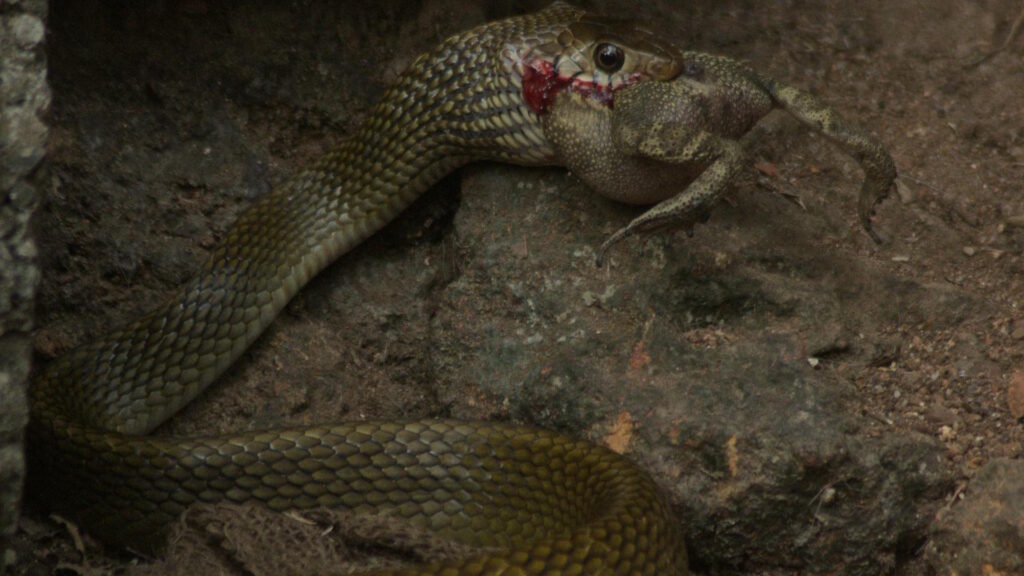
The speed of a venomous snake’s strike would be far less impressive without its accompanying precision. High-speed videography studies reveal that most venomous snakes hit their intended targets with remarkable accuracy, often striking within millimeters of their aim point. This precision comes from the snake’s ability to create a detailed three-dimensional model of its target using thermal, visual, and chemical sensory inputs. Pit vipers, such as rattlesnakes, possess infrared-sensitive pit organs that allow them to precisely target warm-blooded prey even in complete darkness. Research from the University of California found that rattlesnakes adjust their strike trajectory mid-attack to compensate for prey movement, demonstrating computational abilities previously thought impossible in reptilian brains. This combination of speed and accuracy makes venomous snakes among the most efficient predators on Earth, with some species achieving first-strike success rates exceeding 80% when hunting.
Strike Recovery and Recoil Time

While the forward strike of a venomous snake occurs at breathtaking speed, equally impressive is how quickly these reptiles can recover and prepare for subsequent strikes. Most vipers can fully retract from a strike and reset their striking position in under half a second, allowing for rapid follow-up attacks if needed. This quick recovery reflects specialized muscle groups that work antagonistically to striking muscles, pulling the head and neck back into position with remarkable efficiency. Studies have shown that snakes can maintain near-maximum strike velocity across multiple consecutive strikes, with minimal degradation in performance across the first 3-5 strikes. However, repeated striking does eventually lead to muscle fatigue, with studies showing that strike velocity may decrease by 15-20% after 5-7 consecutive full-extension strikes. This recovery capability is particularly important for defensive strikes, where the snake may need to deter multiple threats in rapid succession.
Evolutionary Advantages of Fast Strikes
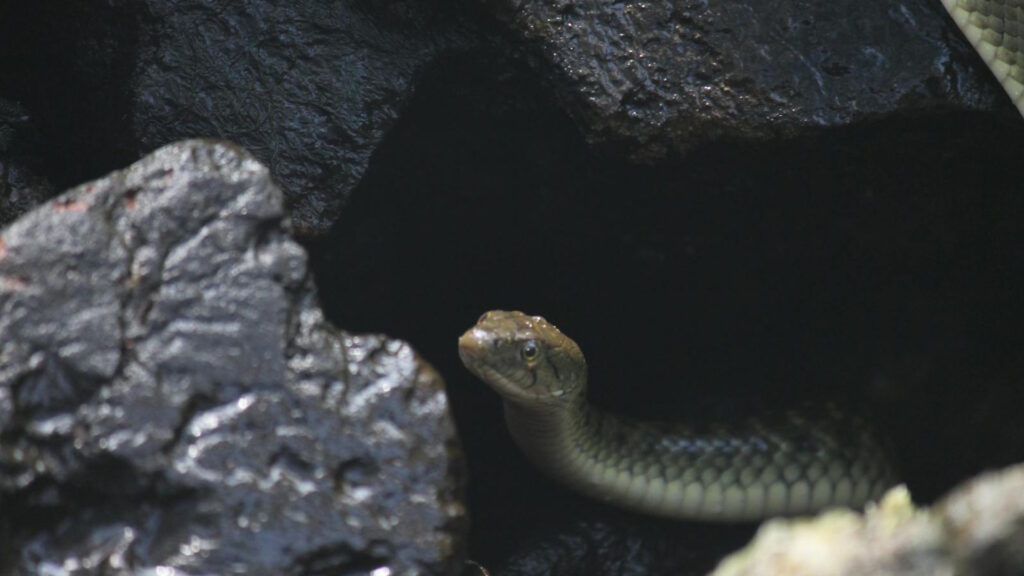
The extraordinary speed of venomous snake strikes represents a prime example of evolutionary adaptation driven by dual selective pressures: predation efficiency and defensive capability. Fast strikes dramatically increase hunting success rates, particularly against quick-moving prey like rodents and birds, allowing snakes to secure meals that would otherwise escape. From a defensive perspective, lightning-fast strikes create a powerful deterrent against potential predators, who learn to avoid these dangerous reptiles after experiencing or witnessing their rapid attacks. This strike velocity has co-evolved with venom delivery systems, as the speed ensures that fangs penetrate prey before evasive movements can begin. Some researchers theorize that strike speed may have evolved first as a non-venomous hunting adaptation, with venom systems later developing to enhance the effectiveness of these already-fast strikes. Paleontological evidence suggests that strike speed has been increasing throughout snake evolution, indicating ongoing selective pressure for faster attacks.
Technological Applications Inspired by Snake Strikes

The remarkable biomechanics of snake strikes have inspired numerous technological innovations across various fields. Robotics engineers have developed snake-inspired robots that mimic striking mechanics for applications ranging from search-and-rescue operations to minimally invasive surgical tools. The unique spring-loading mechanism snakes use has influenced the design of mechanical actuators in industries where rapid, precise movements are essential. Military technologies have drawn inspiration from snake strikes for developments in rapid-deployment systems and certain aspects of missile guidance. Biomedical devices, particularly those requiring quick, precise movements in confined spaces, increasingly incorporate design elements based on snake strike biomechanics. Companies like Festo have created pneumatic robotic systems explicitly modeled after snake striking mechanisms, achieving acceleration rates that would be impossible with conventional mechanical designs.
Safety Implications of Strike Speed

Understanding the true speed of venomous snake strikes has critical implications for human safety in snake-inhabited regions. The knowledge that strikes occur faster than human reaction time emphasizes the importance of maintaining safe distances—typically at least 6 feet (2 meters) from any venomous snake. Wildlife management protocols increasingly incorporate strike speed data when establishing safety guidelines for both professionals and the public. For snake handlers and wildlife professionals, this understanding has led to the development of specialized tools and handling techniques that keep hands outside potential strike range. Public education programs now often include demonstrations of strike speed (using high-speed video) to convey the reality that one cannot “jump back” fast enough once within a snake’s strike range. For medical professionals, appreciating strike velocity helps explain the mechanics of fang penetration and venom injection, potentially informing treatment approaches for snakebite victims.
Myths and Misconceptions About Snake Strikes
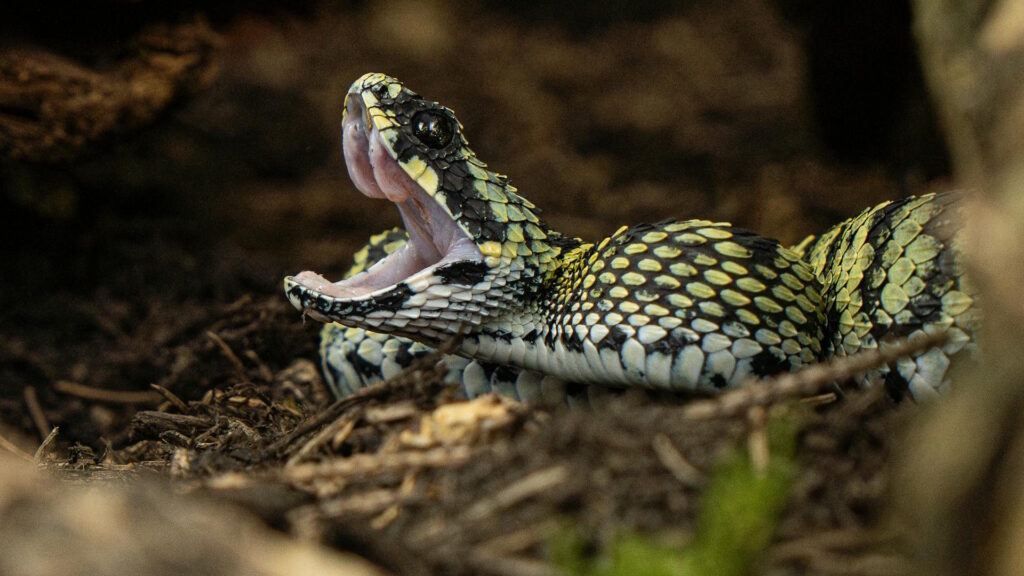
Despite scientific advances in understanding snake strike mechanics, numerous myths and misconceptions persist in popular culture. Perhaps the most dangerous myth is that the average person can reliably dodge or evade a snake strike through quick reflexes—a misconception that has led to countless preventable envenomations. Another common fallacy is that larger snakes necessarily strike faster, when research clearly shows that many smaller species demonstrate superior strike velocity. Many people incorrectly believe that venomous snakes must coil before striking, when in fact most species can strike effectively from various positions and postures. The myth that snakes can only strike in a forward direction is similarly inaccurate—many species can strike laterally or even backward with remarkable speed and precision. Understanding these realities rather than relying on misconceptions is essential for anyone who might encounter venomous snakes in natural settings.
Conclsuion
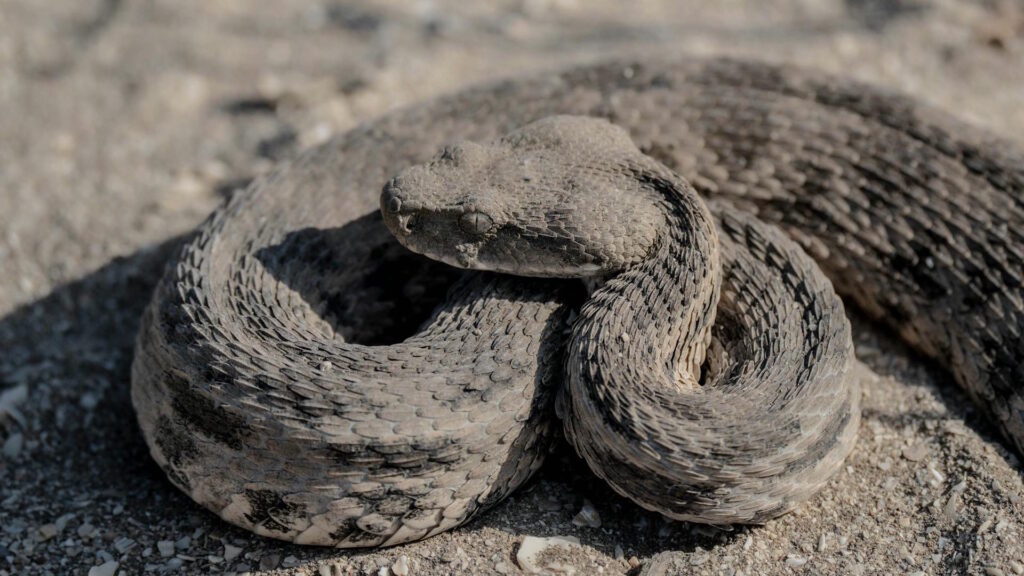
The incredible speed of venomous snake strikes stands as one of nature’s most impressive biomechanical achievements. With velocities exceeding 200 mph, accelerations topping 100 G’s, and strike durations faster than a human blink, these reptiles demonstrate physical capabilities that border on the superhuman. Beyond merely satisfying scientific curiosity, understanding these remarkable abilities has practical applications ranging from human safety to technological innovation. The next time you encounter warnings about venomous snakes, remember that their strike speed isn’t just impressive—it’s literally faster than the human eye and brain can process, making respect and distance the only reliable safety measures. In the evolutionary arms race between predator and prey, the venomous snake’s strike represents one of nature’s most perfectly refined weapons, honed across millions of years to achieve a speed and precision that continues to astonish scientists and nature enthusiasts alike.




